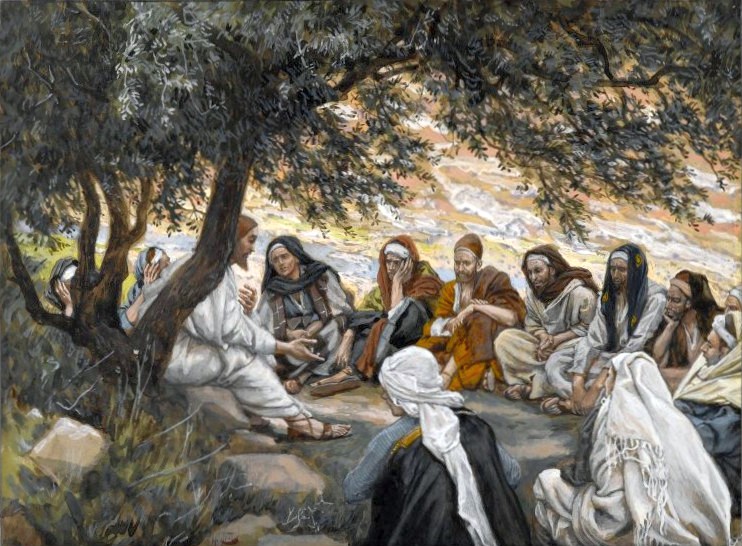Jesus’ Model of Discipleship
A guest article from Alyssa Lillo, a student at Oral Roberts University.
Introduction
Educational principles in North America reflect the ways in which young people are taught, trained, and developed to become responsible mature adults in society. Similarly, Christian discipleship is the way in which new believers are developed to become mature Christians in the Body of Christ. In Matthew 28:16-20, Jesus commands his disciples to go and make disciples, known as the Great Commission. Jesus spent his entire ministry, which lasted three and a half years, training his disciples.[1] Jesus purposely called his disciples, established relationship with them, travelled with them, taught them to pray, and showed them how to live in light of his message. The Great Commission is an exhortation from Jesus who wanted his disciples to go and do likewise. Jesus’ methods of discipleship were influenced by his Jewish heritage and the Greco-Roman world. Additionally, the Great Commission (Matt 28:16-20) provides an example of how the disciples were to continue training new followers of Christ.

“The Exhortation to the Apostles” by James Tissot
Discipleship
Historical Background to Discipleship in the Greco-Roman and Jewish Society
Jesus was a Jewish man trained in Torah. He also lived in the Greco-Roman world, which influenced the way his disciples perceived discipleship. In ancient Rome, it was a common practice for young men to become students to older or more experienced men for their chosen vocations.[2] Whether it was manual labor or educational, many would spend considerable time to learn in specific areas.[3] To the culture outside of Judaism, the closest form of discipleship was better known as an apprenticeship. A student or the student’s father would seek out and pick a teacher to learn from for an agreed period of time.[4]
Philosophers, such as Socrates, Plato, and Aristotle, championed discipleship in the Greco-Roman period. Socrates, a Greek philosopher, developed the Socratic method, which was teaching by asking questions.[5] He gathered a following of several young men. Plato was one of Socrates’ students and Aristotle was one of Plato’s students. The Greco-Roman teaching method exemplifies master-student relationships that would have been familiar to Jesus. Although the religion was very different, some of the methods of discipleship of the Graco-Roman society was similar to the Jewish culture.
Believers are called to continue making disciples until Christ returns.
Category: Biblical Studies


